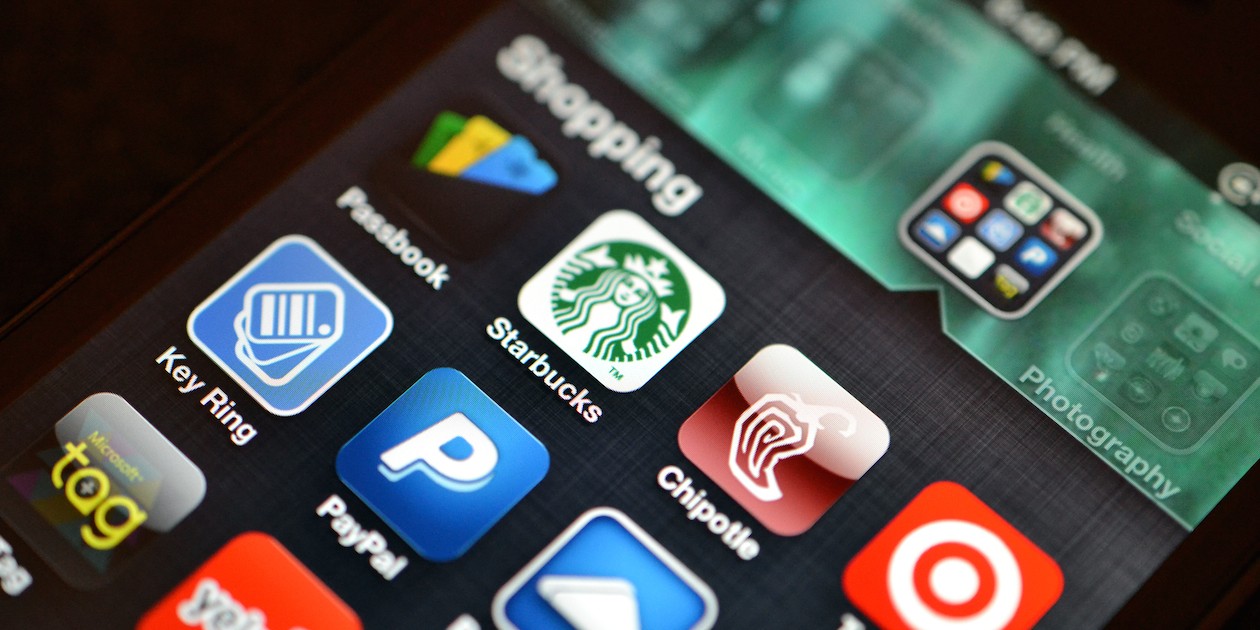Shopping on smartphones or tablets is about to get a whole lot easier. According to Deloitte’s 2016 Canadian Technology, Media & Telecommunications (TMT) Predictions, the number of consumers who use a third-party, touch-based payment service to buy something on their mobile devices will increase 150% to reach more than one million Canadians.
Touch commerce enables a customer to make a secure first-time or subsequent payment on any merchant’s website or app without having to provide registration or log-in details. Authorizing the transaction simply requires the application of a fingerprint or a few touches of a screen.
Duncan Stewart, director of TMT Research at Deloitte in Canada, said the reason for the rise is retailers are making it easier for customers to use phones to make transactions. “I think they finally got around to it,” he said. “That sounds slightly humorous, but it’s actually true.”
“Retailers have spent all this money getting us to use our smartphones, getting us to browse websites, getting us to mobile shop,” he added. “And the last thing in that process that occurs is the checkout. It’s the one thing that’s still really hard to do on a smartphone… So making it easier, removing that speed bump, will generate almost certainly billions of dollars of additional mobile commerce through smartphones.”
According to Deloitte, cart abandonment in mobile commerce can be as high as 80%, and easier checkout is a key requirement for increased mobile buying. Deloitte found as of mid-2015, 29% of Canadians browse shopping websites on a weekly basis, but only 6% make a purchase.
The report states that the majority of touch-based payments made in 2016 will be from payment services linked to the device’s operating system. Shopping apps can use existing information associated with the OS, including payment card details and home address. Payments for this service are typically authenticated by a fingerprint and can be used within apps.
The second type of mobile payment service is linked to existing payment service providers. Users with an account can make purchases with one or two touches of the screen.
VIRTUAL REALITY: A BILLION DOLLAR NICHE
Another trend on the technology front is virtual reality. As VR headsets for consumers hit retail stores, Deloitte predicts hardware and software sales will total $1 billion globally and less than $30 million in Canada. But, despite the hype around VR, it’s still very much a niche market. “It’s almost entirely gaming,” said Stewart.
Also on the gaming front, Deloitte predicts mobile will become the leading games platform by software revenue in 2016, generating 37% of sales, up 20% from 2015. This compares to 34% for PC games and 29% for console games, up just 5% and 6% respectively from 2015.
MOBILE AD-BLOCKERS: SAVED BY THE APP?
While ad blocking on laptops and desktops continues to rise, Deloitte doesn’t see it as a big concern in mobile. Deloitte expects just 0.3% of Canadian mobile owners will use an ad-blocker in 2016.
“There’s a few reasons: not all phones support it, people can’t be bothered to download an app, and it’s the time you spend [on mobile],” said Stewart, noting the majority of time spent on mobile devices is app-based and mobile ad-blockers only work on browser-based content.
“In-app ads continue to be shown,” said Steweart. “One of the problems is that a desktop ad-blocker can significantly reduce the number of ads you see. A mobile ad-blocker really doesn’t have as much of an effect.”
Only about 40% of Canadian mobile devices are likely to have native ad-blocking capability built-in.
U.S. TV: EROSION, NOT IMPLOSION
Deloitte looked at the U.S. TV market, which it expects will see erosion on six fronts, including the number of pay TV subscribers, consumers switching to antennas for watching TV, and live and time-shifted viewing. Despite concern of traditional TV collapsing, Deloitte predicts the decline will be gradual over time.
Stewart said it’s a similar story in Canada. For example, “The number of cord cutters is falling about 1% in the States. I would expect it to fall by a very similar number in Canada,” he said. “So far, the cord-cutting trend in Canada and the U.S. has tracked each other perfectly.”
Deloitte’s full global report can be found here.











